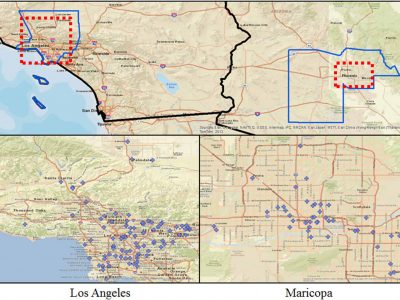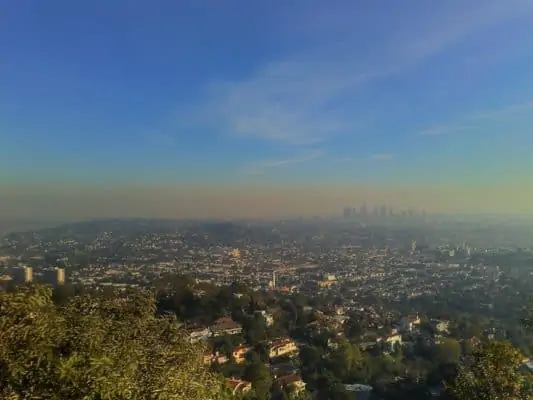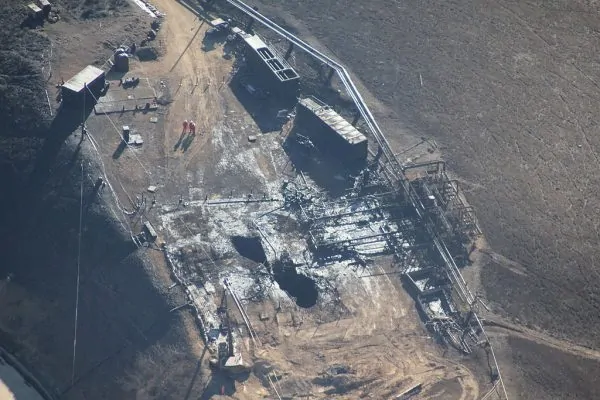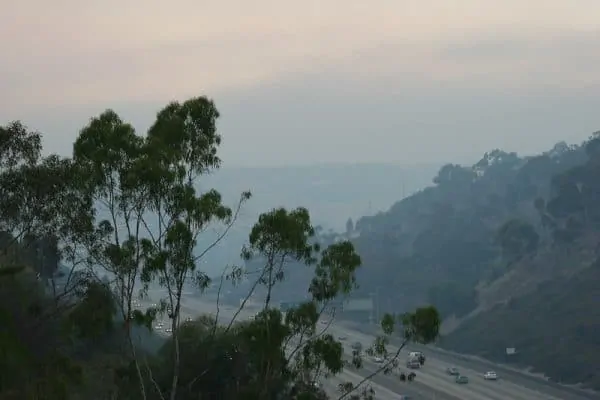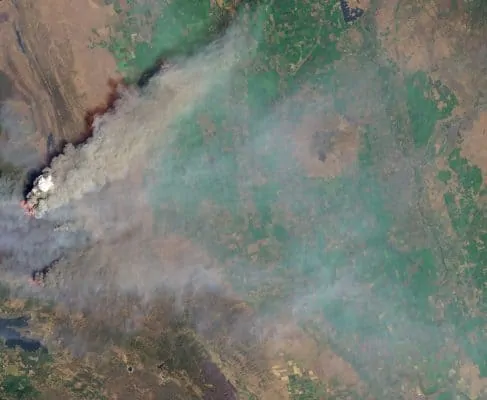HIGHLIGHTS
Public cooling centers are an important component of public health response to extreme heat.
Locating these facilities near vulnerable individuals is critical.
Existing methods of siting these facilities result in coverage gaps.
Applying location science to the siting of cooling center facilities can help alleviate these gaps.
ABSTRACT
Public cooling centers are a recommended component of heat management plans aimed at reducing morbidity and mortality during extreme heat events. Access to air conditioned space is known to reduce health risks associated with heat exposure, it is not known if these facilities are well positioned to serve those who are vulnerable to heat. Other public air-conditioned spaces such as indoor shopping malls, libraries, and movie theaters are also recommended. Placement of official cooling centers near these types of facilities provides redundant coverage. As a constrained resource, these facilities could be better located in areas where other heat relief options are limited. We explored the distribution of two public cooling center networks (Los Angeles County, CA and Maricopa County, AZ) and found that significant fractions of the networks were located in areas with abundant, publically available, air-conditioned spaces Instead of allowing the networks to develop in an ad hoc nature, location analysis should be used to site a potentially life-saving resource more effectively. Using a new iterative method of the maximal covering location problem, we identified potential facilities that improve access for those who are more susceptible to heat without access to potential alternatives and identified locations for network expansion.
Link to full article: https://doi.org/10.1016/j.uclim.2018.04.009

